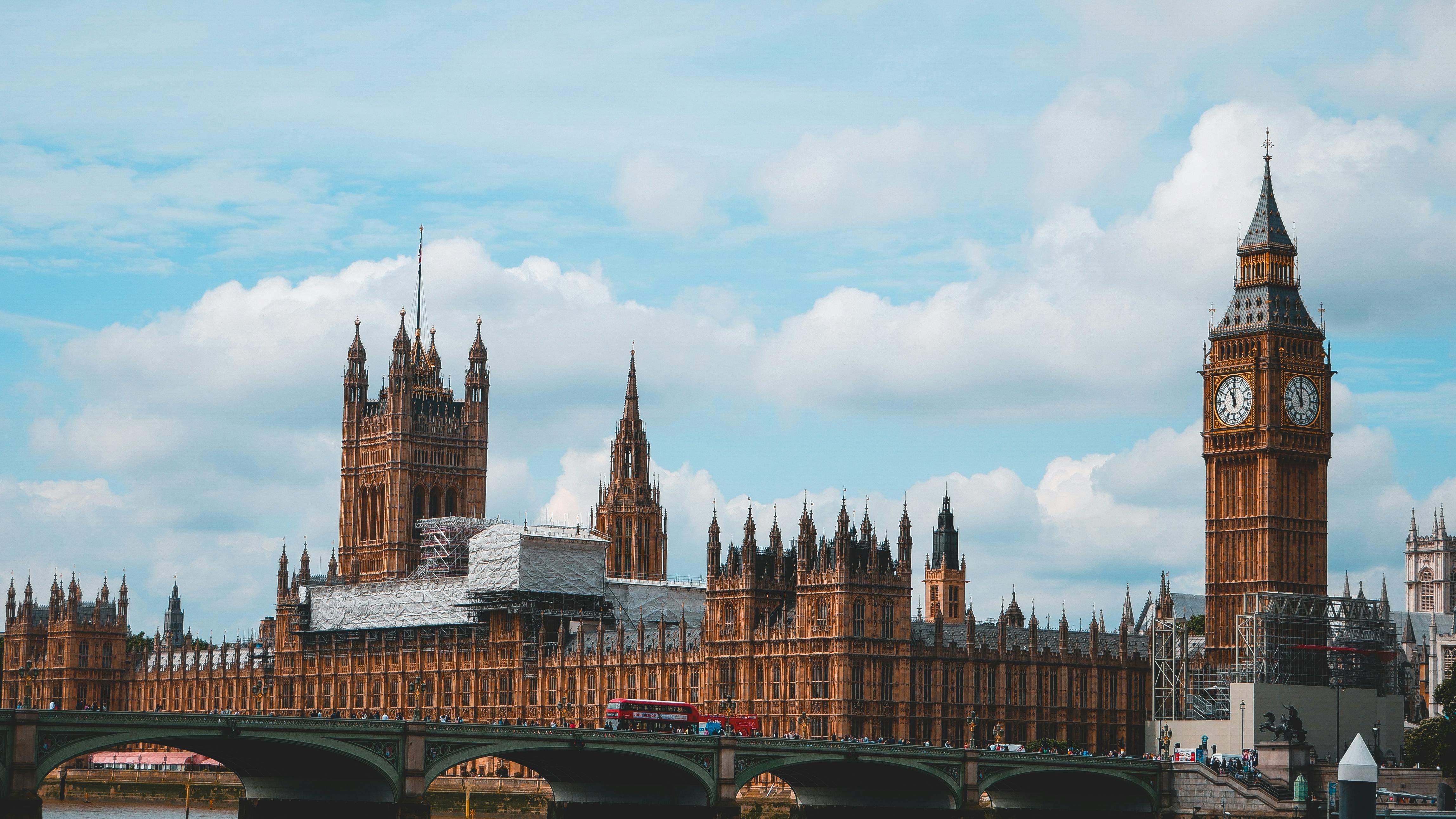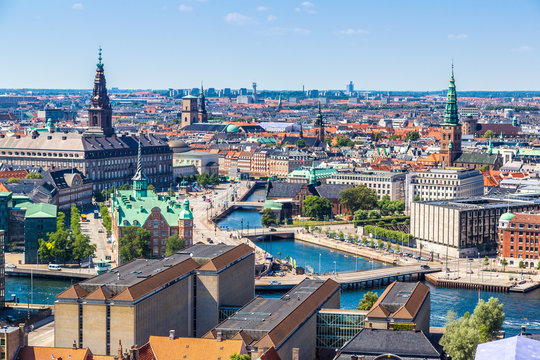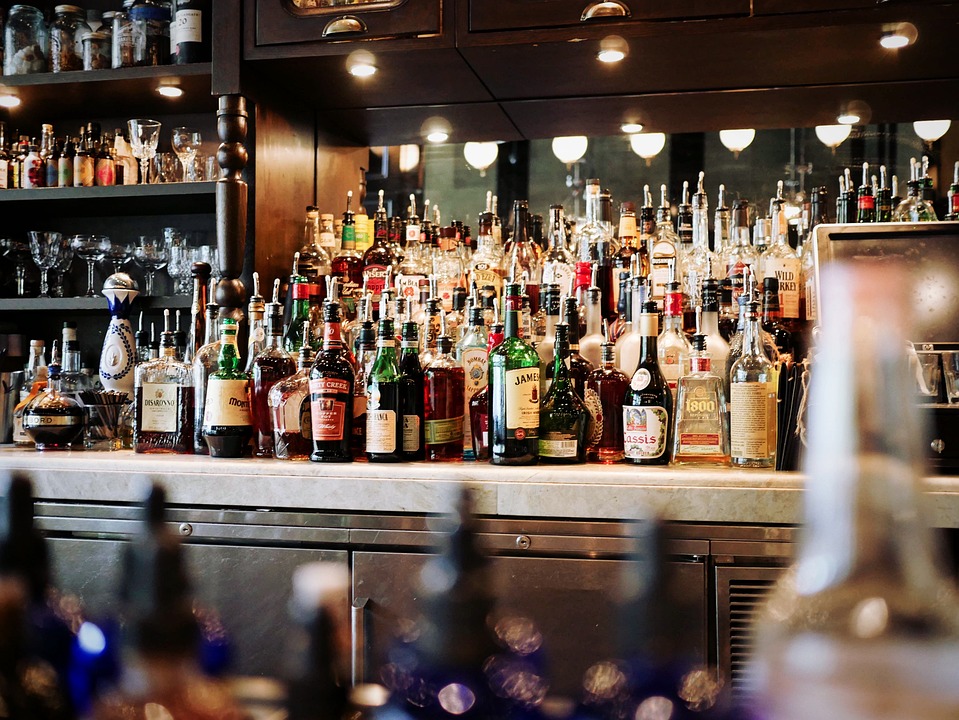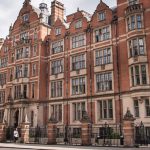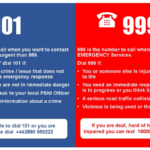Sydney in Australia
Sydney is known as the “New York” in the southern hemisphere and has been rated as one of the world’s livable cities for many years. The time difference between China and Sydney is only 2-3 hours. So, the majority of Chinese people can quickly adapt to life here.

Sydney’s transport facilities are very well-developed, buses, subways, trains, ferries, light rail, etc. Can meet most of the travelling needs, of course, the closer you can also choose to ride a bicycle.
Sydney has a world-class medical level. There are many top medical institutions and professionals, in many areas that are one of the best. It is worth mentioning that Sydney is Chinese medicine, acupuncture and these services, can better meet the needs of different people.
Sydney’s weather is one of the city’s great attractions. The climate is pleasant with abundant rainfall. The summer is not too hot, with an average temperature of 21℃. The winter is not too cold, with an average temperature of 12℃. Although Sydney’s winter is not very cold, the temperature difference between day and night is particularly large. You will see the situation of wearing short sleeves during the day and a cotton jacket at night, students who are afraid of cold cotton clothes or to bring.
There are also KFC, McDonald’s and other fast food in every large shopping area, and Coles, Woolworths and 711 supermarkets are everywhere, making it very convenient to buy daily necessities.
Sydney house rent is naturally not cheap, with the average rent of AUD 650 a week. And the highest rent of AUD 1,270 a week. And the lowest week of AUD 369, a big difference in the price of rent. It seems that in the search for a room or need to put more effort.
Melbourne in Australia
Melbourne is the second largest city in Australia and the capital of Victoria. It has a well-developed public transport system, with trains, trams and buses covering basically every corner of the city. Taxis and Uber are also very convenient. Melbourne‘s road conditions are very friendly for those who like to travel by car.

The climate here is more or less hit-and-miss. There are plenty of sunny days and the winters are not too cold, with no sub-zero temperatures. But it’s no exaggeration to say that you can feel the seasons in one day – it can be sunny and clear when you go out to the supermarket, and then cloudy when you come out.
However, Melbourne still has all the amenities you need. There are plenty of shopping malls in Melbourne. Such as Chadstone Shopping Centre and Southgate Shopping Centre, offering a wide range of branded goods. Supermarkets are also very convenient, Coles and Woolworths can meet the basic daily shopping needs.
In addition, Melbourne has the world’s top medical resources and humane medical services, hospitals here pay special attention to the patient’s medical experience. Some hospitals have also launched a “one-stop service” so that patients can complete all the tests in one place, saving energy and time.
In Melbourne, there is a big difference in the price of renting a flat in different areas. According to the type of flat, the rent of a flat is the highest, with an average rent of about AUD 1900 per month. The rent of a detached house averages AUD 1400 per month. And the rent of a flat averages AUD 1500 per month. By location, rents in the city centre are much higher than in the suburbs, with flats in the city centre averaging A$2,400 per month, while villas in the suburbs only cost A$1,100.
Canberra in Australia
Canberra is Australia’s capital city and the country’s political centre. There are three ways to get around here: bus, light rail and Uber. my Way bus pass is common to both light rail and bus. And you can use Google Maps to check the frequency and time of buses, international students can buy student tickets to enjoy a discounted price.

The climate here is maritime, with rainfall evenly distributed in all seasons. The hottest month is January, with an average maximum temperature of 27℃. The coldest is July, with an average maximum temperature of 12℃. There is also very little windy weather, with the strongest breeze in August-November, which is still very suitable for living.
Canberra has a number of Chinese supermarkets, including the Asia Supermarket in the city centre. As well as the Jintai Supermarket in the South End and the New Great Wall Supermarket in the North End, which can meet your daily shopping needs. Canberra also has world-class sporting facilities, including indoor swimming pools, gyms and a variety of courts.
In addition, medical facilities are also relatively complete. Canberra’s universities will provide free medical services and counselling, to protect the health of students, and international students in Australia must purchase medical insurance so that they can get free medical services when needed.
As the capital city of Canberra, the consumption level is still high. Depending on the type of room and geographical location, the cost of student accommodation here is about AUD 4,000-6,000 per semester. The rent of a shared room is AUD 1,000-2,000 per month, and the rent of a studio flat is AUD 1,500-2,300 per month.
FAQ
While comfort can be subjective and dependent on personal preferences, Melbourne consistently ranks high for its quality of life, diverse student population, and vibrant cultural scene, making it a popular choice among students.
Melbourne offers a perfect blend of education, lifestyle, and culture. It boasts world-class universities, a multicultural environment, affordable living options, and a plethora of recreational activities, providing students with a well-rounded experience.
Melbourne experiences a moderate oceanic climate with warm summers and cool winters. The city’s weather is often described as “four seasons in a day,” which adds to its charm and uniqueness.
Absolutely! Neighborhoods like Carlton, Richmond, and Brunswick are popular among students for their proximity to universities, affordable housing options, and vibrant social scenes.
While Melbourne isn’t the cheapest city, it offers a range of affordable accommodation options for students. Additionally, many establishments offer student discounts, and part-time work opportunities are readily available to help manage living costs.
